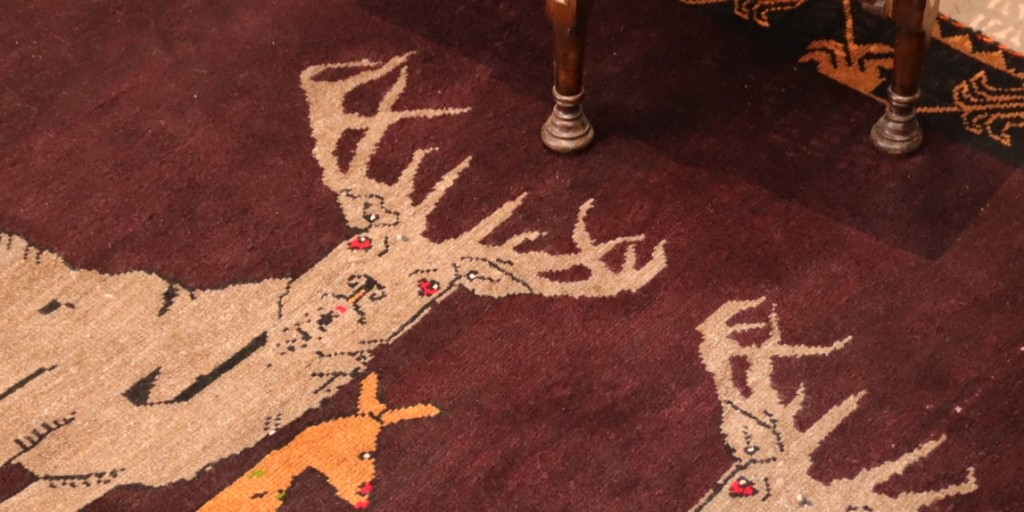The rug is one of the oldest known textiles. It can also be used for decoration. It has been primarily made and used by nomadic livestock herders in Central Asia, Iran, Anatolia, and the Caucasus since ancient times. It is believed that nomadic Turks in Central Asia produced rugs from goat wool using the same flat-weaving technique to protect themselves from the dampness of the earthen floors of their tents.
It is known that when the Turks arrived in Anatolia, they brought with them a weaving culture based on the weaving traditions of Central Asia. Many cities, such as Konya, Kayseri, Sivas, and Aksaray, are renowned for their carpets. While some of the Turkmen tribes and clans who arrived in Anatolia in separate groups and at different times, staying in different places and periods, wove their rugs with unchanging archaic Turkmen patterns, others combined additional motifs and different patterns to create ever-enriching patterns. Each region's unique wool and available dyes, coupled with the individual skill and creativity of the weavers, gave rise to a wide variety of styles. Towards the end of the 14th century, Anatolian rugs began to enter European homes, churches, and castles.
Kilims are generally woven by women on looms called "ıstar" (a type of rug). These looms are placed either vertically or inclined, and the weaving is done on a frame made up of vertical and horizontal wefts called arış (argı) and argaç (argı), alternating from pattern to pattern.
History of Kilim Weaving

The kilim, a type of flat-woven rug, is thought to have a history spanning 4,000 years. The oldest kilim example is estimated to date back to 6500 BC. One such kilim was found in the Pazyryk Kurgan in the Upper Altai region of Central Asia.
Although flat-woven rugs predate knotted rugs, they are made from less durable materials, so surviving examples of ancient weaving are scarce. One of the oldest surviving pieces woven using the rug technique dates to the 18th dynasty of Ancient Egypt and was found in the tomb of Tuthmosis IV. Another of the oldest examples of rugs woven in Anatolia is a rug known as the "queen's blanket," found during the excavations at Troy, but whose current whereabouts are unknown. Furthermore, fragments resembling Phrygian rugs have been unearthed during the excavations at Gordion. Felt and flat-woven rugs found alongside the famous Hun carpet from the fifth and fourth centuries BC at Pazyryk in Southern Siberia, and fragments from the eighth and second centuries BC in Peru, demonstrate that such textures were known on all continents from very early times.

